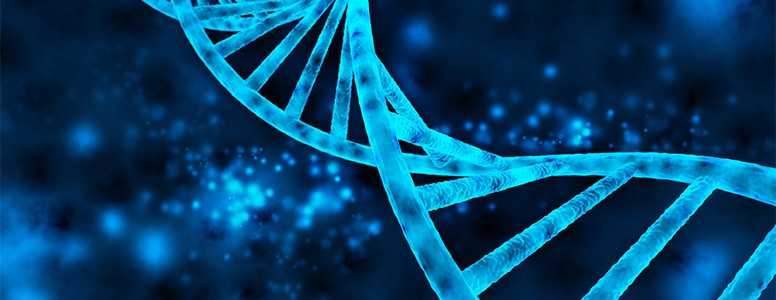John Hopkins University scientists have identified links between genes and body tissue which could help explain why type 1 diabetes develops.
In two studies both published in the journal Nature, researchers reveal how individual genetic differences could make up a person’s risk profile for heritable conditions such as type 1 diabetes, Alzheimer’s disease and high cholesterol.
Each person’s organs and tissue function vary, with each tissue affected by DNA sequencing. It is this process that researchers hope to understand regarding disease processes.
The findings comprise the most expansive study ever conducted on genetic patterns and their relationship with specific body tissues. A total of 7,051 tissue samples from 449 people were analysed.
Alexis Battle, a computer scientist in Johns Hopkins’ Whiting School of Engineering, and colleagues used samples of 42 tissue types, including pancreas, heart, brain, blood and liver.
Tens of thousands of genetic variants were detected in at least one of the tissues they studied, which occurred typically as a result of altered molecular markers, such as proteins. Additionally, 112 spots were identified in the genome that have long-range effects on these molecular changes.
The scientists discovered that these anomalies contributed to changes in cellular markers at the molecular level, and could help explain why genetic variants impact someone’s risk of health disorders.
“This is essential for understanding mechanisms of disease, and is only possible through the large number of tissues available in our dataset,” Battle said.
“There’s a lot we don’t understand about how genetic differences affect our bodies, and different diseases [but this] is a step toward realizing the goal of personal genomics.”
Battle and colleagues hope their analytical method could provide a way to identify rare genetic variants within people which could have adverse impacts. This, they say, could lead to better genetic diagnoses in clinical settings.






